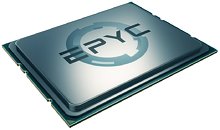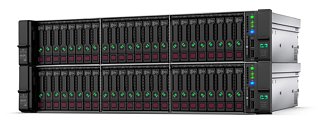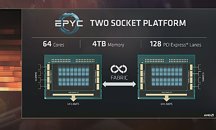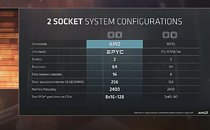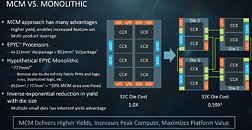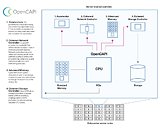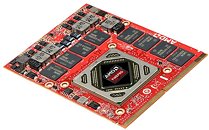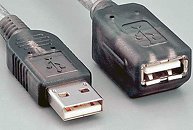
Asetek Collaborates With HPE to Deliver Next-Gen HPC Server Cooling Solutions
Asetek today announced a collaboration with Hewlett Packard Enterprise (HPE) to deliver its premium data center liquid cooling solutions in HPE Apollo Systems, which are high-performing and density-optimized to target high-performance computing (HPC) and Artificial Intelligence (AI) needs. The integration enables deployment of high wattage processors in high density configurations to support compute-intense workloads.
When developing its next-generation HPC server solutions, HPE worked closely with Asetek to define a plug and play HPC system that is integrated, installed, and serviced by HPE that serves as the ideal complement to HPE's Gen10 Plus platform. With the resulting solution, HPE is able to maximize processor and interconnect performance by efficiently cooling high density computing clusters. HPE will be deploying these DLC systems, which support warm water cooling, this calendar year.
When developing its next-generation HPC server solutions, HPE worked closely with Asetek to define a plug and play HPC system that is integrated, installed, and serviced by HPE that serves as the ideal complement to HPE's Gen10 Plus platform. With the resulting solution, HPE is able to maximize processor and interconnect performance by efficiently cooling high density computing clusters. HPE will be deploying these DLC systems, which support warm water cooling, this calendar year.














